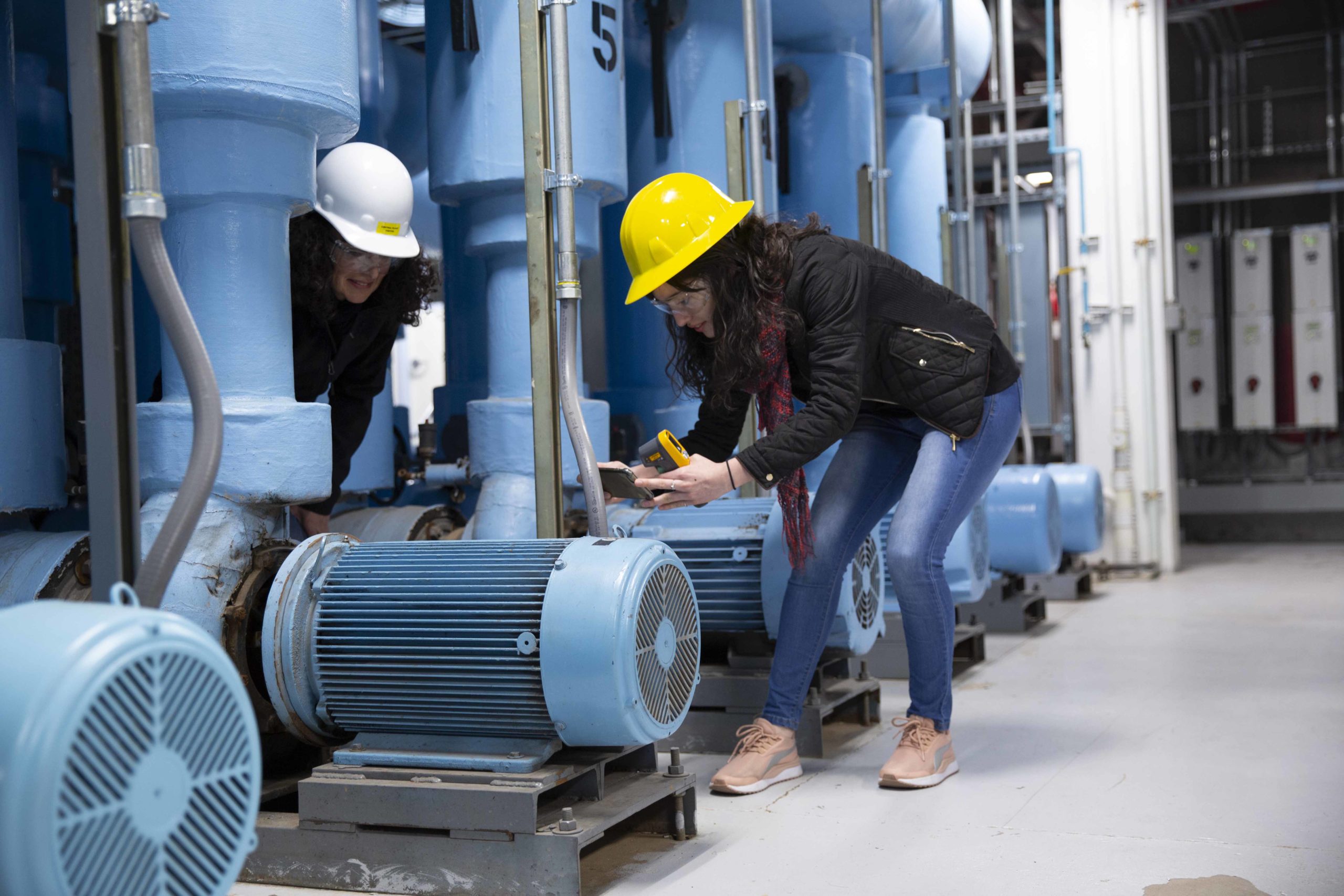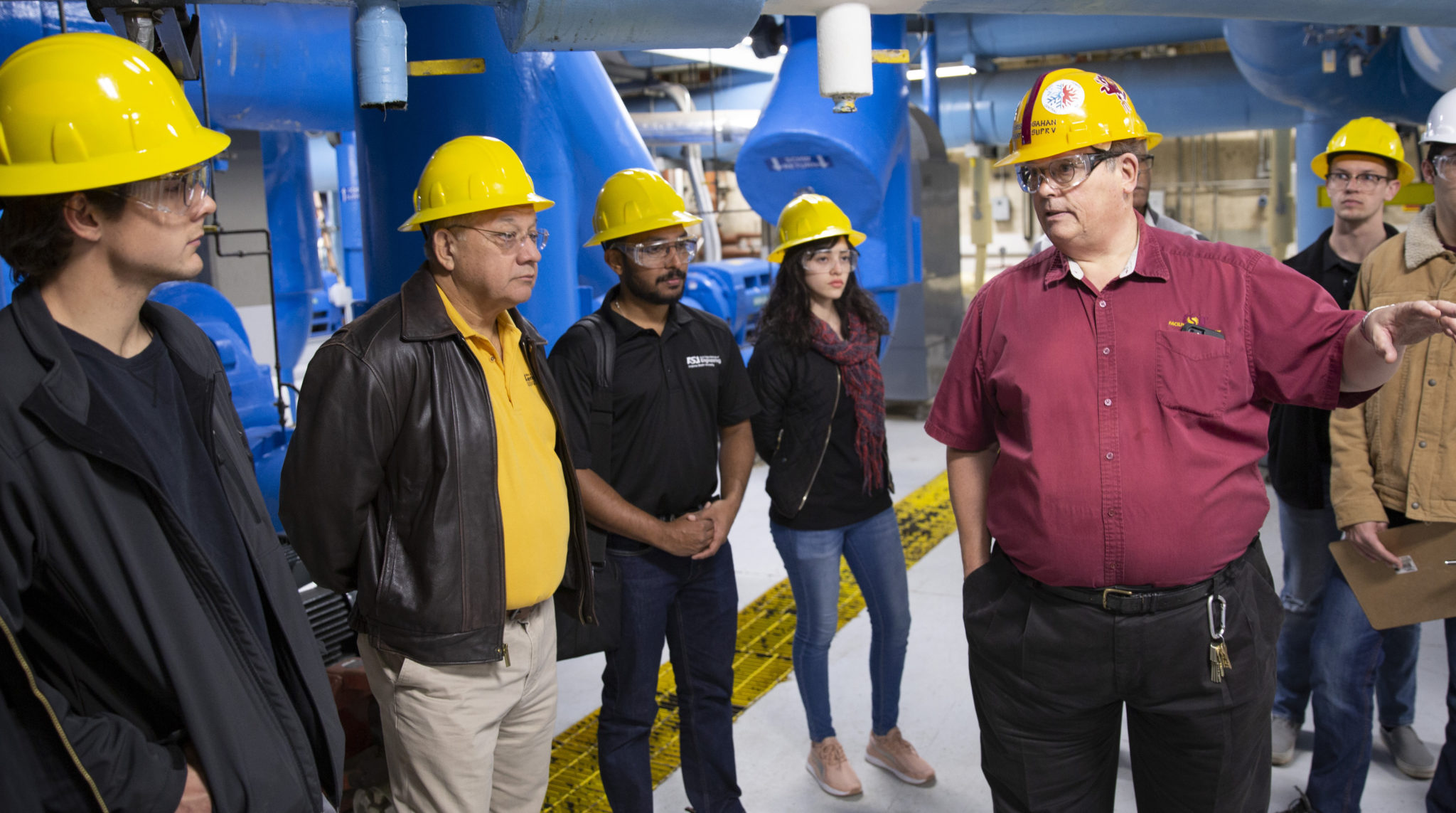Students lead charge in industry productivity
Convergence magazine > Students lead charge in industry productivity
Students are helping companies boost efficiency and cut costs through a Department of Energy-funded industrial assessment venture
Other than a general interest in engineering, Ryan Milcarek says his career aspirations as an undergraduate lacked focus. That is until he joined the Industrial Assessment Center, or IAC, program.
“I had no idea about what I wanted to do when I started,” Milcarek says. “But the IAC just jibed for me right away. I had a fixed purpose from that point on. It was a huge turning point.”
Funded by the U.S. Department of Energy, IAC programs deploy teams of college students to provide primarily small to medium-sized manufacturing companies no-cost assessments of their operations to improve energy and water use efficiency, reducing resource waste and increasing productivity.
Milcarek’s two-year IAC experience at Syracuse University in New York “got me deep into the energy field,” he says, and became the catalyst that helped earn him a scholarship and later a research fellowship. He then pursued graduate studies, culminating with a doctoral degree in mechanical engineering.
After completing a postdoctoral research fellowship, Milcarek landed an assistant professor position in 2018 in the Fulton Schools. His job duties now include helping to provide similarly valuable educational and career boosts to students as one of two assistant directors of ASU’s IAC program, called IAC@ASU.
Students are getting to see what real life is like in the demanding world of competitive industry, says IAC@ASU director Rene Villalobos, an associate professor of industrial engineering in the School of Computing, Informatics, and Decision Systems Engineering.
The assessment projects “are not homework assignments,” Villalobos says. “We run things like a small business.”

IAC@ASU Project Manager Gamze Gungor-Demirci (at left) and undergraduate engineering student Sárbith Aguilar inspect equipment at the ASU Central Heating and Power Facility as part of their role evaluating the effectiveness of technologies used in energy systems. Photographer: Erika Gronek/ASU
Project manager Gamze Gungor-Demirci emphasizes that while the student teams are led and mentored by faculty members and support staff, they act as consultants and shoulder responsibility for completing and presenting assessments and making recommendations to the companies for improvements.
Their ultimate rewards, however, are the real-world experience and measurable progress they can add to their resumes.
Since its inception, IAC@ASU has completed nearly 500 energy assessments and provided more than 3,800 recommended actions. These recommendations have saved companies a cumulative total of more than $72 million in operating costs and more than 1,100 gigawatt-hours of energy — an amount roughly equivalent to what would be required to provide electricity to about 80,000 homes for a year.
“I don’t know of any other program that enables our students to have such an impact on our community, while at the same time aligning our educational and research efforts to solve practical problems.”
– Patrick Phelan

“I don’t know of any other program that enables our students to have such an impact on our community, while at the same time aligning our educational and research efforts to solve practical problems.”
– Patrick Phelan
Companies that have implemented the student assessment teams’ recommendations over the last four years have seen an average energy cost savings of almost $43,000 annually, and an average reduction in carbon emissions from the companies’ operations of 324 tons per year.
Patrick Phelan, a Fulton Schools professor of mechanical and aerospace engineering, directed IAC@ASU from 1997 to 2006.
“I don’t know of any other program that enables our students to have such an impact on our community, while at the same time aligning our educational and research efforts to solve practical problems,” says Phelan, who currently serves as one of the center’s assistant directors.
Joe Kullman
Science writer, Ira A. Fulton Schools of Engineering
(480) 965-8122 | [email protected]